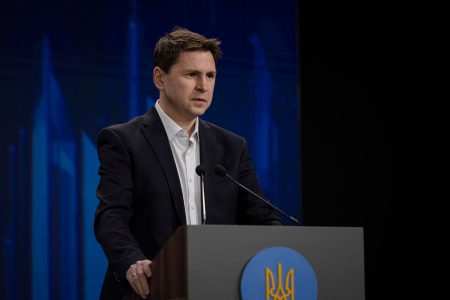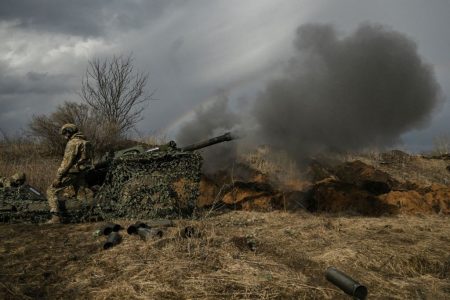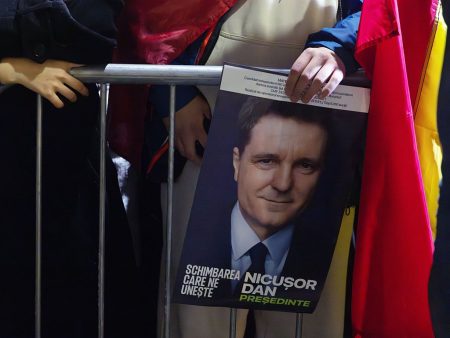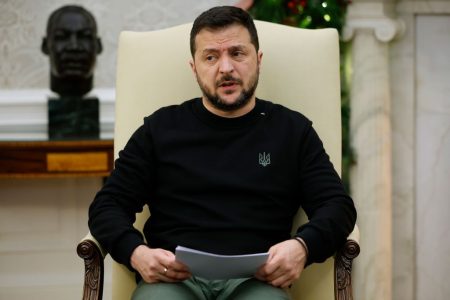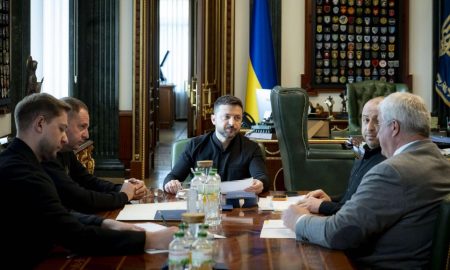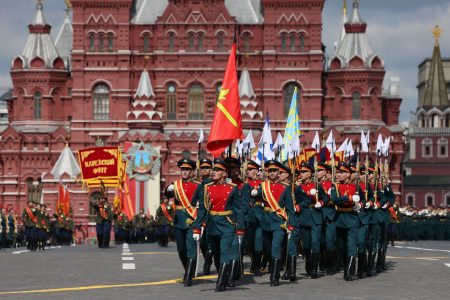Russia has suffered significant losses since the start of its invasion of Ukraine in February 2022, with the General Staff of Ukraine’s Armed Forces reporting that 603,010 troops have been killed. This number includes 1,210 casualties in just one day. In addition to the human losses, Russia has also lost a significant amount of military equipment, including tanks, armored fighting vehicles, vehicles and fuel tanks, artillery systems, multiple launch rocket systems, air defense systems, airplanes, helicopters, drones, ships and boats, as well as one submarine.
Ukraine recently approved the delivery of Sweden’s Pansarbandvagn 302 (PBV 302) to its armed forces. The approval came as part of Sweden’s largest tranche of military aid for Ukraine, totaling $1.3 billion. The PBV 302 is an infantry fighting vehicle (IFV) that will be part of the military aid package from Stockholm. This move indicates a strengthening of the military capabilities of Ukraine in the face of the ongoing conflict with Russia.
The approval of the PBV 302 for delivery to Ukraine raises questions about the effectiveness and capabilities of this infantry fighting vehicle. It remains to be seen how the PBV 302 will perform in combat situations and whether it will provide Ukraine with a strategic advantage in its conflict with Russia. The decision to include the PBV 302 in the military aid package suggests that Ukraine is seeking to diversify its arsenal and enhance its defensive capabilities.
The ongoing conflict between Russia and Ukraine has resulted in significant casualties and losses on both sides. The high number of fatalities among Russian troops indicates the intensity of the fighting and the challenges faced by the invading forces. The loss of military equipment, including tanks, artillery systems, and aircraft, highlights the extent of the damage inflicted on Russian forces during the course of the conflict.
The delivery of the PBV 302 to Ukraine is part of a broader effort to bolster Ukraine’s defenses and strengthen its military capabilities in the face of Russian aggression. The approval of this infantry fighting vehicle for delivery underscores the willingness of other countries, such as Sweden, to support Ukraine in its fight against Russia. The influx of military aid from international partners reflects the international community’s concern about the conflict in Ukraine and its commitment to supporting Ukraine’s sovereignty and territorial integrity.
Overall, the approval of the PBV 302 for delivery to Ukraine and the significant losses suffered by Russia in the ongoing conflict highlight the complex and volatile nature of the situation in Ukraine. The conflict between Russia and Ukraine shows no signs of abating, and the involvement of other countries in providing military aid underscore the international dimensions of the conflict. As the fighting continues, it remains to be seen how the situation will develop and what impact it will have on the region and beyond.










